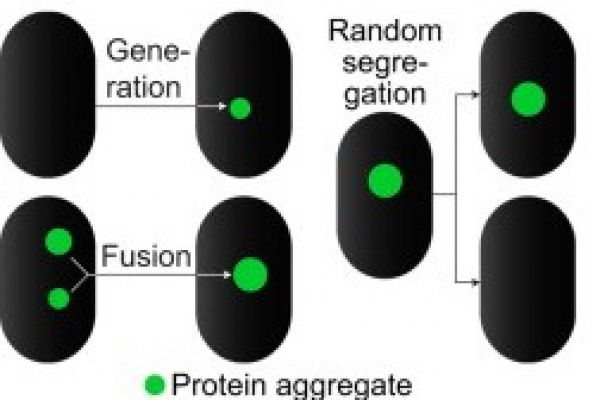lade2015fusion
Fusion leads to effective segregation of damage during cell division: An analytical treatment
Steven J. Lade, Miguel Coelho, Iva M. Tolić and Thilo Gross
Journal of Theoretical Biology 378, 47-55, 2015
High levels of cellular damage are associated with impairment of cellular function and cell death. Partitioning the damage into a fraction of cells in the population improves population fitness and survival. We have previously shown that protein aggregates, resulting from misfolded, damaged proteins, fuse with each other leading to damage partitioning during cell division. Here, using an analytical treatment of aggregate fusion in dividing cells we present analytical expressions for two measures of damage partition: aggregate mass partition asymmetry between two dividing cells and standard deviation of total aggregate mass across the population. The scaling laws obtained demonstrate how damage partition may generally depend on characteristics of the cellular processes, facilitating better understanding of damage segregation in biological cells.

Figure 1: Passive aggregation is sufficient to effectively segregate damage and rejuvenate the population.